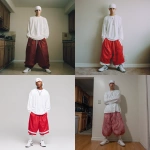Explore the Best AI Image Gallery
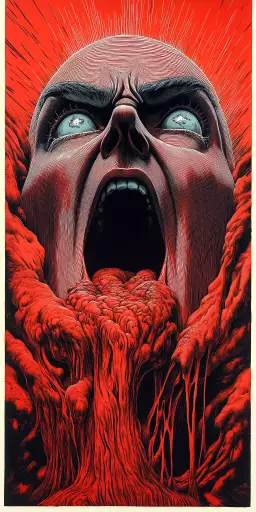
Beyond the Brush: How AI Image Creation Tools are Transforming Creativity
The realm of creativity has witnessed a paradigm shift with the emergence of AI image creation tools. These sophisticated algorithms, powered by deep learning, are capable of generating stunningly realistic and imaginative visuals, blurring the lines between human and machine artistry. From generating marketing materials to crafting personalized artwork, these tools are reshaping the creative landscape at an unprecedented pace.
A New Era of Creative Possibilities
AI image creation tools offer a plethora of possibilities for artists, designers, and businesses alike:
- Enhanced Efficiency: Artists can leverage AI to quickly generate multiple variations of an image, exploring different concepts and styles in a fraction of the time it would take traditionally.
- Overcoming Creative Blocks: When inspiration is elusive, AI tools can provide a springboard for ideas, offering unexpected visual prompts and combinations that spark new creative directions.
- Democratization of Art: Individuals without formal artistic training can now create professional-quality visuals, opening up art creation to a wider audience.
- Personalized Experiences: AI can generate unique artwork tailored to individual preferences, creating personalized gifts, custom designs, and immersive experiences.
Applications Across Industries
The impact of AI image creation extends far beyond the realm of fine art:
- Marketing and Advertising: Generate eye-catching visuals for campaigns, product mockups, and social media content.
- Gaming and Entertainment: Create stunning in-game environments, characters, and assets, enhancing immersive experiences.
- Education and Research: Visualize complex data, concepts, and simulations, making learning more engaging and accessible.
- Architecture and Design: Explore innovative design concepts, generate 3D visualizations, and communicate ideas effectively.
Ethical Considerations
While AI image creation offers immense potential, it also raises crucial ethical considerations:
- Copyright and Ownership: Who owns the copyright to AI-generated images? How do we navigate intellectual property rights in this new landscape?
- Bias and Representation: AI algorithms are trained on vast datasets, which can perpetuate existing biases and stereotypes. It is crucial to ensure fairness and diversity in AI-generated content.
- Misinformation and Deepfakes: The ability to create highly realistic images raises concerns about the potential for misuse, such as generating fake news or manipulating public opinion.
The Future of AI Image Creation
The field of AI image creation is rapidly evolving. We can anticipate:
- More sophisticated algorithms: AI will become even more adept at generating nuanced and realistic images, blurring the lines between human and machine creativity.
- Enhanced user control: Tools will empower users with greater control over the creative process, allowing for fine-tuning of details and personalized outputs.
- Integration with other technologies: AI image creation will seamlessly integrate with virtual reality, augmented reality, and other emerging technologies, creating immersive and interactive experiences.
As AI continues to advance, it is crucial to engage in thoughtful discussions about its impact on creativity, ethics, and the future of art. By embracing responsible development and fostering collaboration between artists, technologists, and policymakers, we can harness the power of AI image creation to unlock new frontiers of artistic expression and innovation.

](https://images.ai-img.art/thumbnails/150/908bcb9950a44fd4b37d1a84cf00178988cea9507738d7ad4f92707c692461ef.webp)
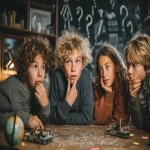
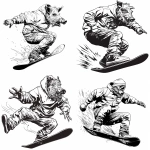

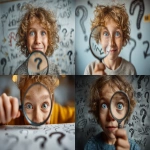
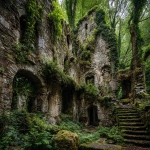
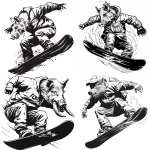
](https://images.ai-img.art/thumbnails/150/05b3252b3f681226a3df9027b069db31c005f91b72257a74367c4102f03a2ba0.webp)

](https://images.ai-img.art/thumbnails/150/738b292720ee21b57673dfb75ad851f4c34d16f5006ae3027ba685feaddb6b04.webp)
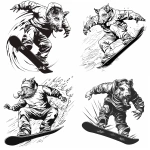
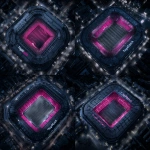
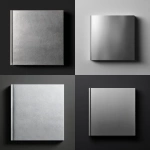
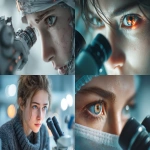
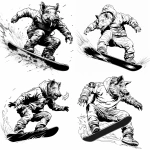


](https://images.ai-img.art/thumbnails/150/69d81ae5ecde297f3c11da78435c5fc00fbac7b00e2c7ccd89d7bbeb014e0541.webp)
](https://images.ai-img.art/thumbnails/150/fc468fe14407b96489933a55227127071fd5f6c0505be74ca4dcb2f1e2fa3771.webp)

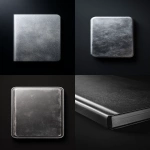


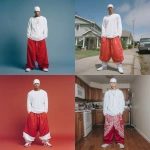
](https://images.ai-img.art/thumbnails/150/807ac97f95d56e8cc7cf714e13299d80bf6bcb5b4d80b77a7f06f30246184943.webp)
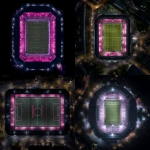






](https://images.ai-img.art/thumbnails/150/83ec831b9fb19e0db5a520b051b9556f3f594b87acc957ffee094a06a565e6f0.webp)

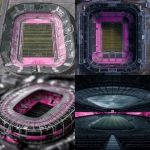
](https://images.ai-img.art/thumbnails/150/3ccc82ef0ad0cc1ab1dfb5b8e6bc37924fcad45dadf41cbd1cb21d19fc7f640a.webp)


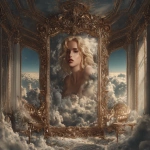
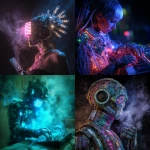

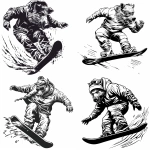
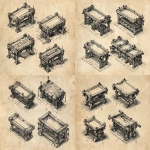
](https://images.ai-img.art/thumbnails/150/57afc09cc38edf73880f760b7ebe1852c5522c6b4051836717b2e56b6f7f913c.webp)

